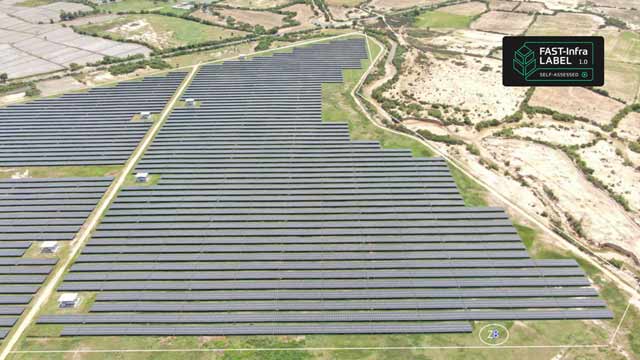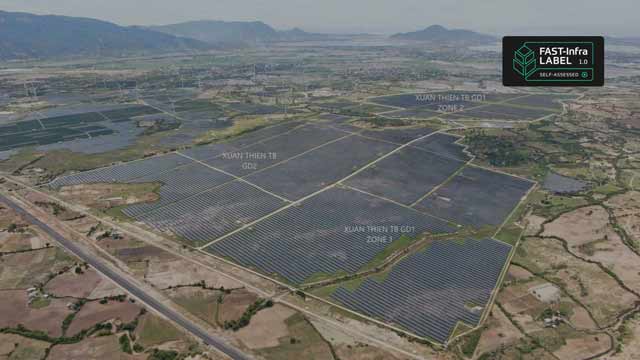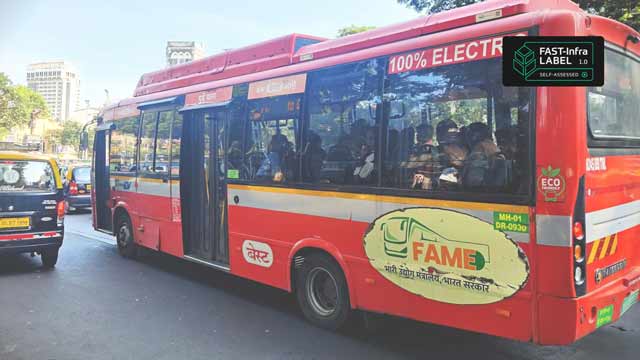
How can Contractors adopt Sustainable Infrastructure practices?
What’s a Rich Text element?
The rich text element allows you to create and format headings, paragraphs, blockquotes, images, and video all in one place instead of having to add and format them individually. Just double-click and easily create content.
H1
H2
H3
H4
H5
H6


Static and dynamic content editing
A rich text element can be used with static or dynamic content. For static content, just drop it into any page and begin editing. For dynamic content,

add a rich text field to any collection and then connect a rich text element to that field in the settings panel. Vsadsadsdasdasdasdasdoila!
- A rich text element can be used with static or dynamic content. For static content, just drop it into any page and begin editing. For dynamic content, add a rich text field to any collection and then connect a rich text element to that field in the settings panel. Voila!
- t to that field
- t to that field
-
How to customize formatting for each rich text
How to customize formatting for each rich text
How to customize formatting for each rich text
Headings, paragraphs, blockquotes, figures, images, and figure captions can all be styled after a class is added to the rich text element using the "When inside of" nested selector system.
Key Insights from the CICA and FAST-Infra Webinar
The construction industry is responsible for nearly 40% of global energy-related carbon emissions, placing it at the forefront of climate challenges. With accelerating climate change and dwindling natural resources, the construction and infrastructure sectors are under increasing pressure to embrace sustainable practices. As urbanisation intensifies, the demand for resilient infrastructure is growing rapidly. By 2040, the global infrastructure investment gap is expected to reach a staggering $15 trillion, highlighting the urgent need for innovative financing solutions and environmentally responsible approaches to meet the future demands of our cities.
Recognizing the urgency of this challenge, a recent webinar hosted by CICA and FAST-Infra Label convened industry leaders to explore the pivotal role of private sector engagement in driving the shift toward sustainable infrastructure. The discussions focused on the essential role of contractors, the growing importance of certification, and how the FAST-Infra Label is becoming a critical tool for promoting transparency and attracting investment in high-quality, sustainable projects.
Here are the key takeaways from the speakers:
Certification and Benchmarking helps distinguish between subpar and high-quality construction projects.
Philippe Dessoy, CICA President and General Manager at Besix
- Dessoy emphasized the need for certification and project benchmarking from a contractor’s perspective. He highlighted the necessity of distinguishing between high-quality and subpar projects, especially in Western markets, and reaffirmed CICA’s commitment to sustainable practices amid ongoing discussions at the OECD level.
Urgent Action is Required to Bridge the Sustainability Gap.
Bob Beinstein, Vice President and Global ESG Implementation Head at AECOM
- Beinstein presented an analogy, comparing Earth's resources to a financial balance sheet and warning against overspending. He addressed the critical state of resource overuse and called for immediate action to enhance climate resilience. He also pointed out the need for prioritizing long-term sustainability in modern projects, especially given the construction industry's significant contribution to global emissions.
The FAST-Infra Initiative helps address greenwashing prevalent in the sector.
Francois Bergere, Executive Director of FAST-Infra Group
- Bergere introduced FAST-Infra Label as a collaborative initiative launched at the One Planet Summit, aiming to boost private investment in sustainable infrastructure projects. He detailed the FAST-Infra Label, designed to certify projects meeting strict sustainability criteria, thus preventing greenwashing and facilitating engagement with various stakeholders.
FAST-Infra Label is a unified framework that helps overcome high transaction costs.
Louis Downing, CEO, Global Infrastructure Basel Foundation (GIB)
- Downing discussed the urgent need to close the $15 trillion global infrastructure investment gap by 2040. He explained how the FAST-Infra Label can help overcome high transaction costs and data limitations by consolidating over 55 sustainability standards into a unified framework, ultimately benefiting engineers, contractors, and financiers alike.
Know more about the Goal and Vision
A Regenerative approach to Infrastructure must address local contexts, integrate nature, and promote resource circularity.
Edith Guedella, Head of Sustainability, Acciona
- Guedella emphasized the importance of integrating sustainability from the design phase to long-term operations in Acciona’s Line 6 metro project in São Paulo, Brazil. She explained how the FAST-Infra Label serves as a critical tool to align with client sustainability objectives, unlock sustainable financing, and measure positive environmental and social impacts. By focusing on a regenerative approach that addresses local contexts, integrates nature, and promotes resource circularity. Acciona aims to enhance infrastructure performance and productivity, contributing to closing the $15 trillion global infrastructure gap projected by 2040.
The Evolving Role of FAST-Infra Label in Sustainable Infrastructure
The webinar reaffirmed the pressing need to integrate sustainability from the very outset of infrastructure projects. The evolving role of the FAST-Infra Label offers a blueprint for ensuring sustainability is not merely an aspirational goal but a standard across the industry.
By joining the FAST-Infra network, participating in training opportunities, and adopting the FAST-Infra Label for future projects, contractors and stakeholders can play an active role in shaping the future of sustainable infrastructure.
Get Involved
To learn more about the FAST-Infra Label and how it can support your projects, visit FAST-Infra Label’s website for resources and updates on upcoming training sessions.
Register to a training for Professionals
Additionally, to gain insights from the webinar, watch the recording here

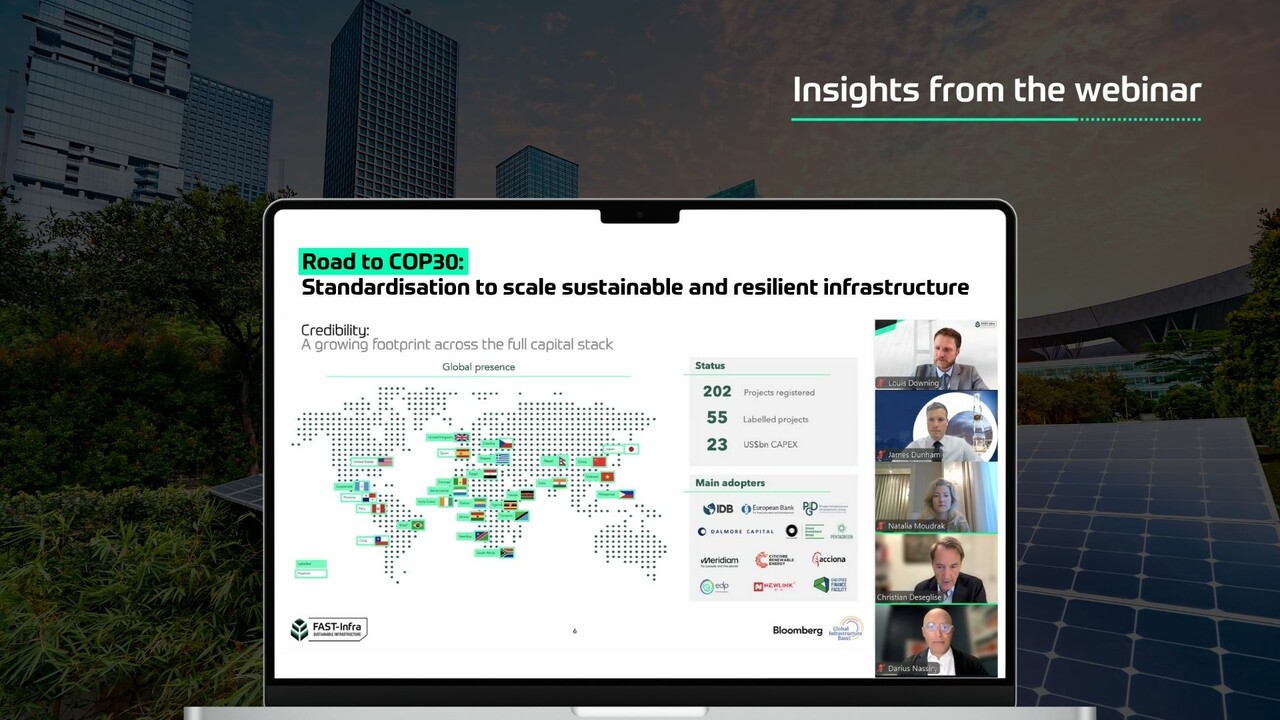





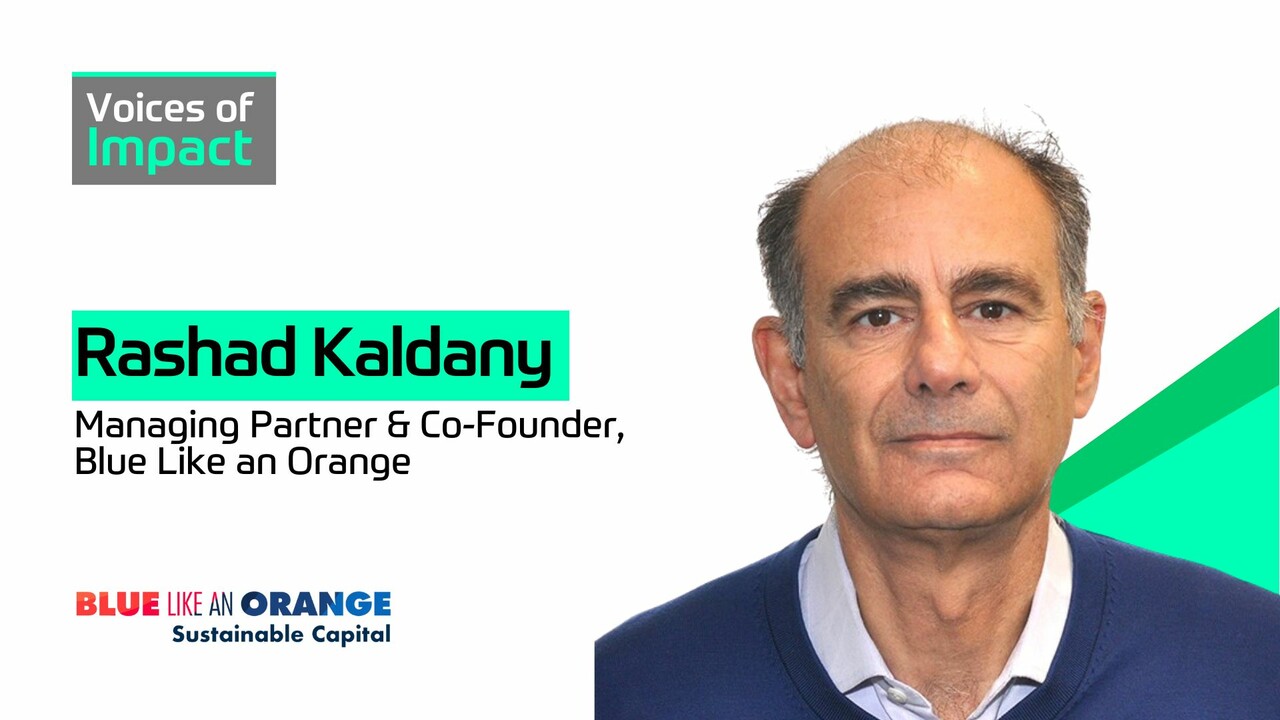
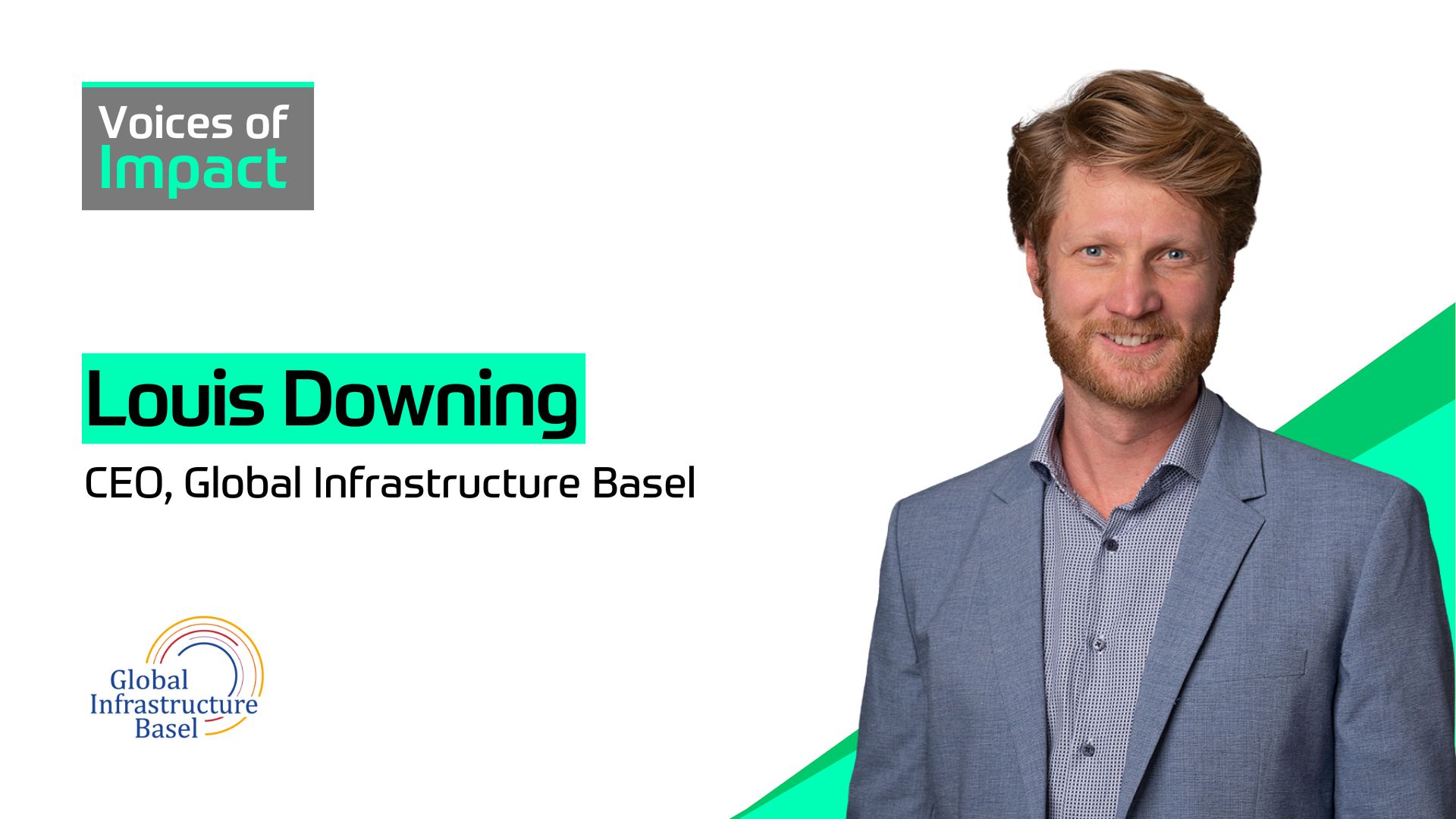
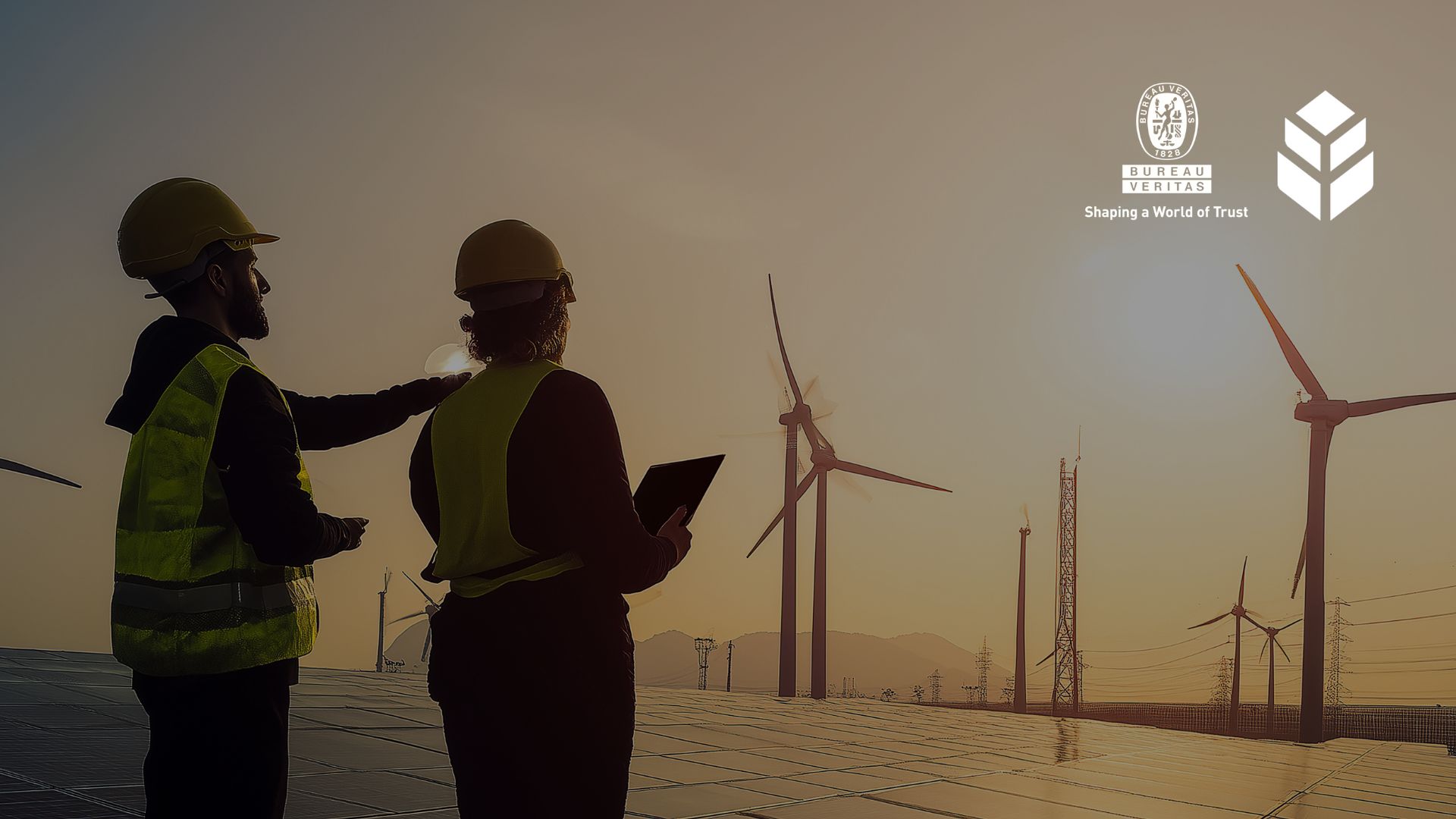
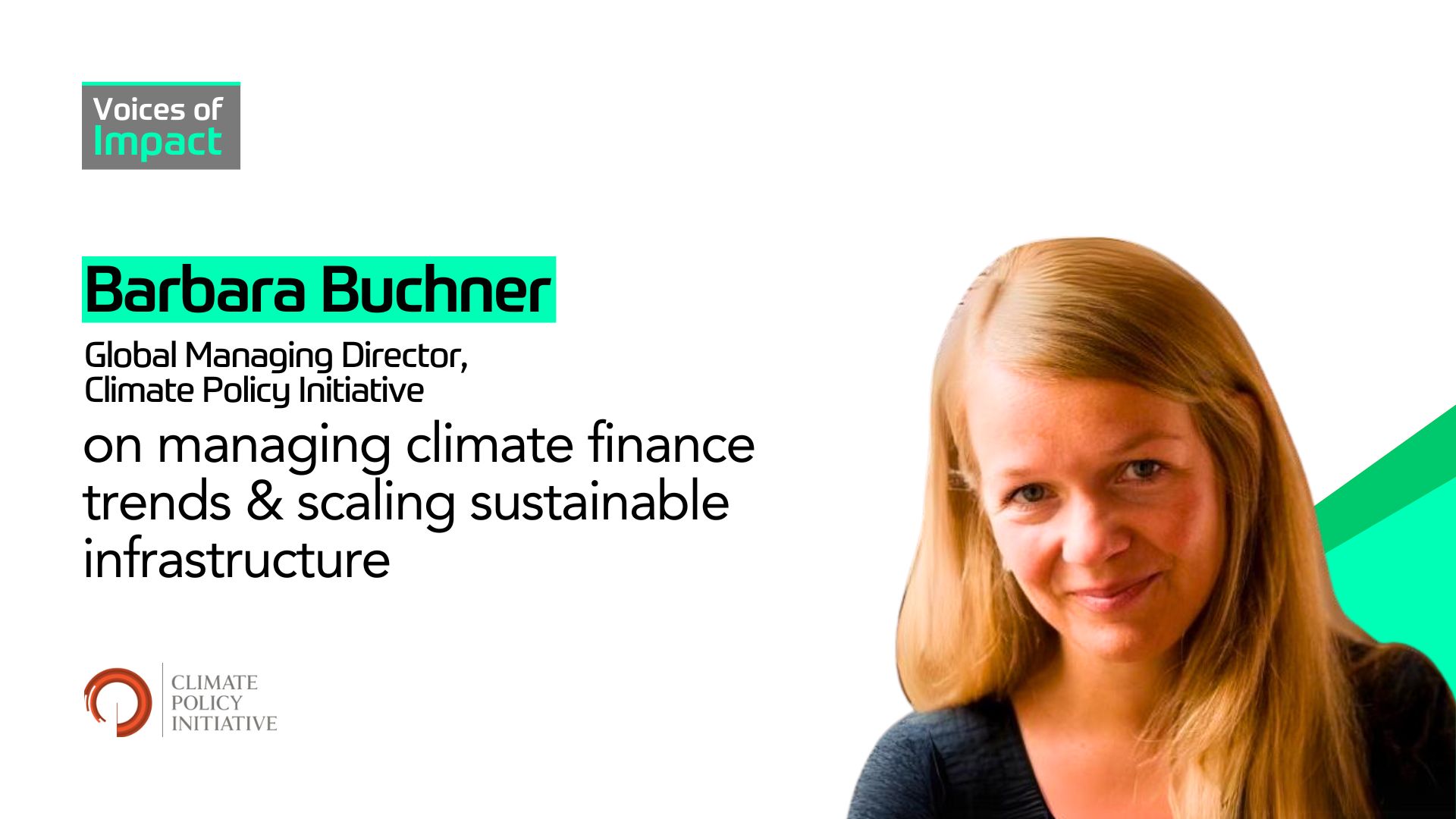
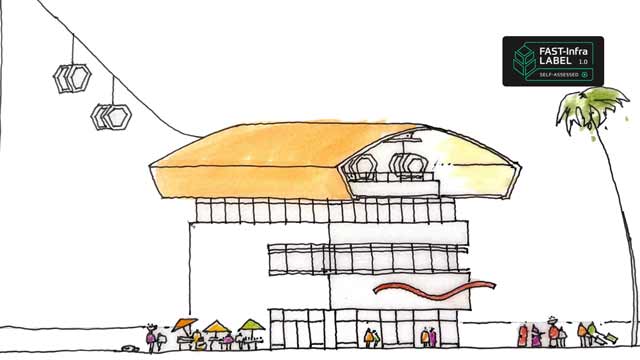






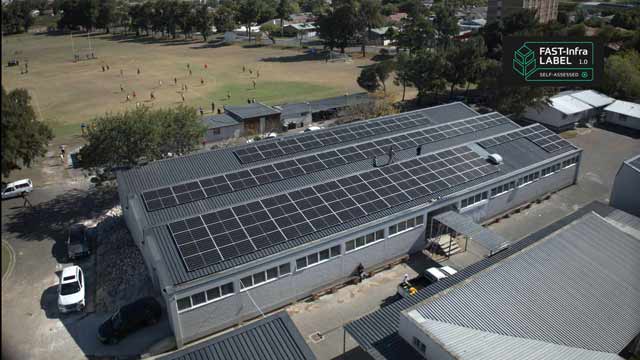

.jpg)


.jpg)


.jpg)
.jpg)
.jpg)
.jpg)
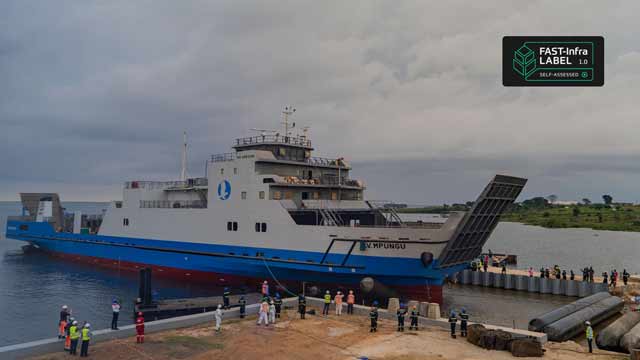
.jpg)




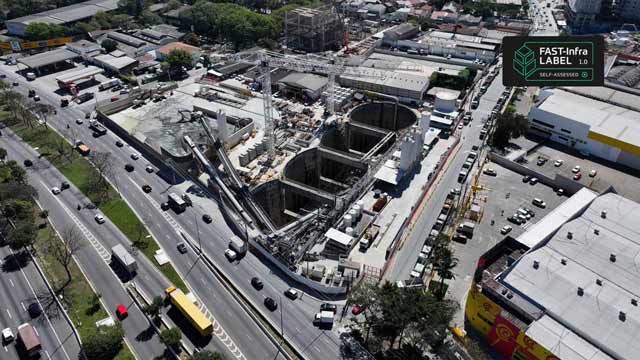



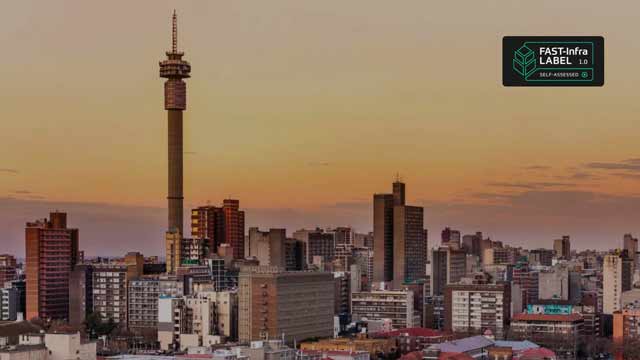








.webp)
.webp)


